Myeongdonggil Sinsin (명동길신신)
2.0Km 2021-03-18
64, Namdaemun-ro, Jung-gu, Seoul
+82-2-772-9489
This is a Korean cuisine located in Myeong-dong, Seoul. Bulgogi with green onion is another famous offering. The representative menu is spicy braised beef short ribs.
Jejuga (제주가)
2.0Km 2021-08-04
64, Namdaemun-ro, Jung-gu, Seoul
+82-2-776-5959
You can enjoy a large amount of delicious grilled Korean beef. This Korean dishes restaurant is located in Jung-gu, Seoul. The representative menu is grilled Korean beef rib eye steak.
Sigoljeonjip (시골전집)
2.0Km 2021-03-19
123, Jong-ro, Jongno-gu, Seoul
+82-2-742-8525
This Korean cuisine is located near Jongno 3(sam)ga Station, Seoul. The representative menu is seafood and green onion pancake. Enjoy delicious food at affordable prices.
Well-being Sujebi (웰빙수제비)
2.0Km 2021-03-26
123, Jong-ro, Jongno-gu, Seoul
+82-2-747-2436
A hidden restaurant frequented by workers in Jongno. The best menu at this restaurant is hand-pulled dough in perilla seed soup. This Korean dishes restaurant is located in Jongno-gu, Seoul.
Bank of Korea Money Museum (화폐박물관)
2.0Km 2024-03-18
39 Namdaemun-ro, Jung-gu, Seoul
This Renaissance-style three-story stone building is the museum of the Bank of Korea. The older Bank of Korea was established as the central bank of the Korean Empire in 1909 and has been designated as a National Historical Site. During the Japanese colonial period, the bank was renamed the Bank of Joseon, and the building was used as the main and head office of the Bank of Korea until 2001. The building has been used as the nation’s Money Museum since June 2001 in celebration of the 50th anniversary of the Bank of Korea. The museum has 13 exhibition rooms on two floors, with one basement floor and two above-ground floors. It holds special exhibitions of various currency and art collections to provide domestic and foreign visitors with the opportunity to enjoy the history and culture of currency. Visitors can learn about the Bank of Korea and the central banking system, as well as how to identify counterfeit notes and how money is produced and circulated. It is also a good place for children to learn about currencies from around the world. Advance reservations are required, and parking is not available. The museum can easily be reached via subway by getting off at Hoehyeon Station (Seoul Subway Line 4) and exiting through Exit 7.
Lemiel Plastic Surgery [Tax Refund Shop] (르미엘성형외과의원)
2.0Km 2024-06-27
120, Jong-ro, Jongno-gu, Seoul
-
Geumseonggwan Najugomtang (금성관나주곰탕)
2.0Km 2021-03-18
29, Namdaemun-ro, Jung-gu, Seoul
+82-2-753-7898
This is a Korean cuisine located in Myeong-dong, Seoul. The representative menu is Naju beef bone soup. It serves local dishes produced from Naju-si, Jeolla-do.
Chamchi Maeul (참치마을)
2.0Km 2021-03-22
31, Donhwamun-ro, Jongno-gu, Seoul
+82-2-742-1671
This is a restaurant where you can enjoy several parts of tuna. This Japanese (cuisine) restaurant is located in Jongno-gu, Seoul. The most famous menu is sliced raw tuna.
Shoe Marker Plus - Myeongdong Branch [Tax Refund Shop] (슈마커플러스 명동점)
2.0Km 2024-07-01
26, Myeongdong-gil, Jung-gu, Seoul
-
Nakseonjae Hall (낙선재)
2.0Km 2021-09-30
99, Yulgok-ro, Jongno-gu, Seoul
+82-2-2148-1822
Located inside Changdeokgung Palace, Nakseonjae Hall is a one-story structure built in ikgong style (bird wing-shaped eaves placed on top of the pillars) with a hip tiled and gable roof. It has 6 kan in the front and 2 kan (traditional unit of measurement of the space between pillars) to the sides. It originally belonged to the nearby Changgyeonggung Palace, but came to be considered a part of Changdeokgung Palace in more recent years.
The hall was constructed in 1846 (12th year of King Heonjong’s reign) and it is collectively called Nakseonjae together with the adjacent Seokbokheon Hall and Sugangjae Hall.
Behind the building is a flower garden made of stacked large stones. The chimney, the flowers, and the oddly shaped stones harmoniously blend into one another to create an outstanding landscape gardening.
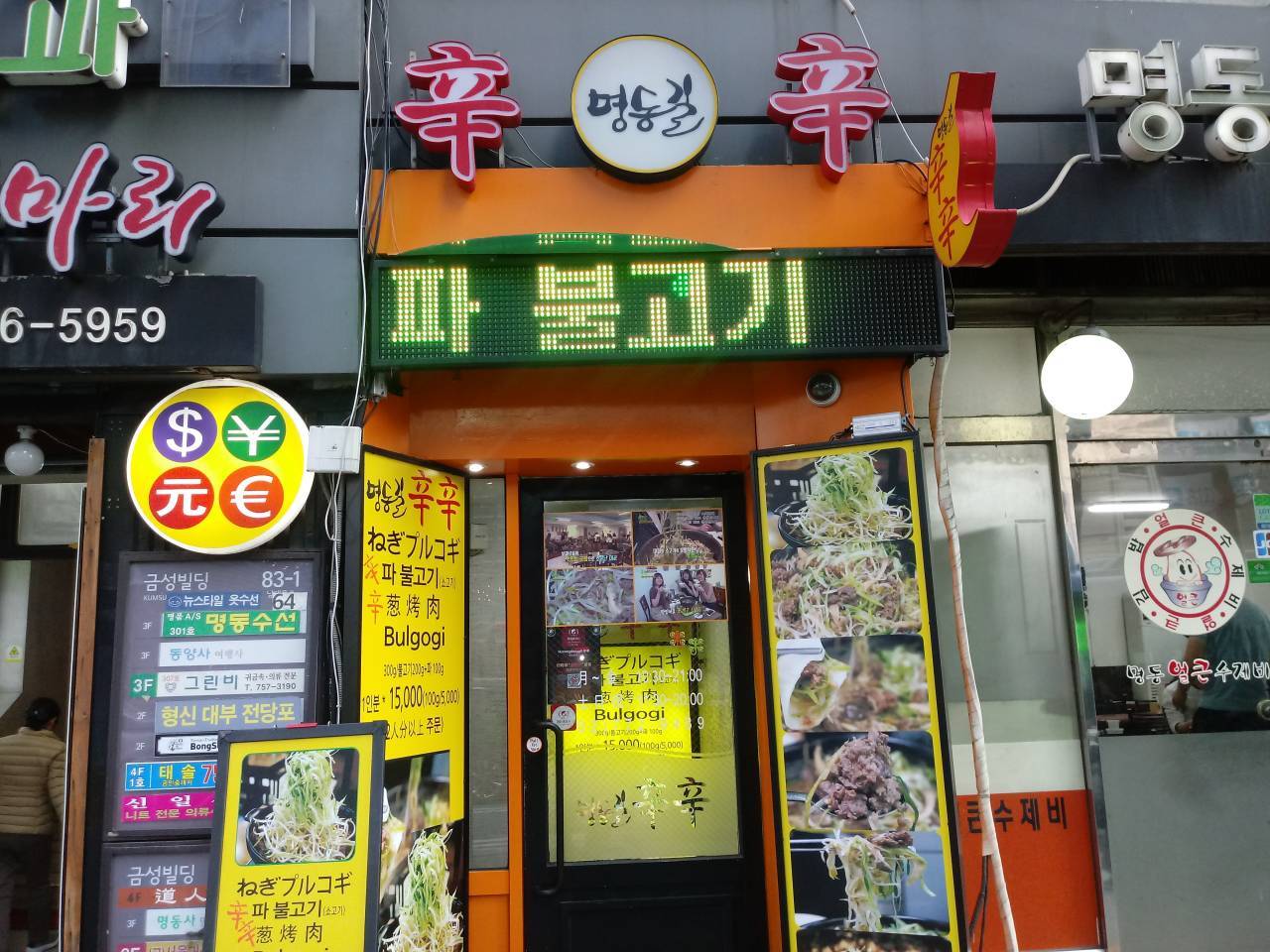
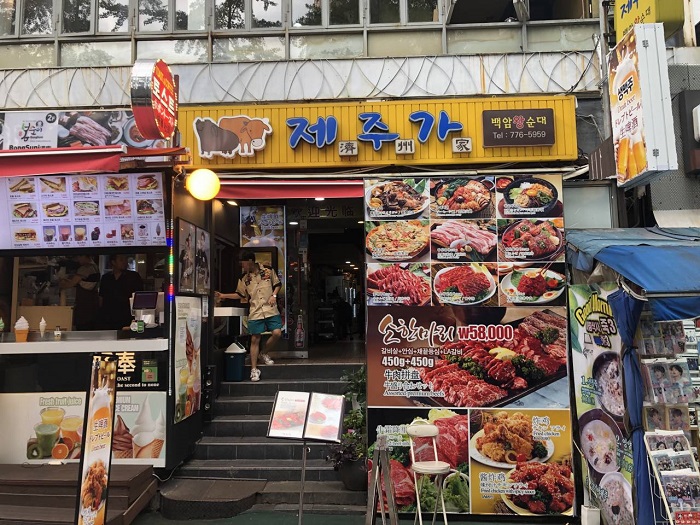
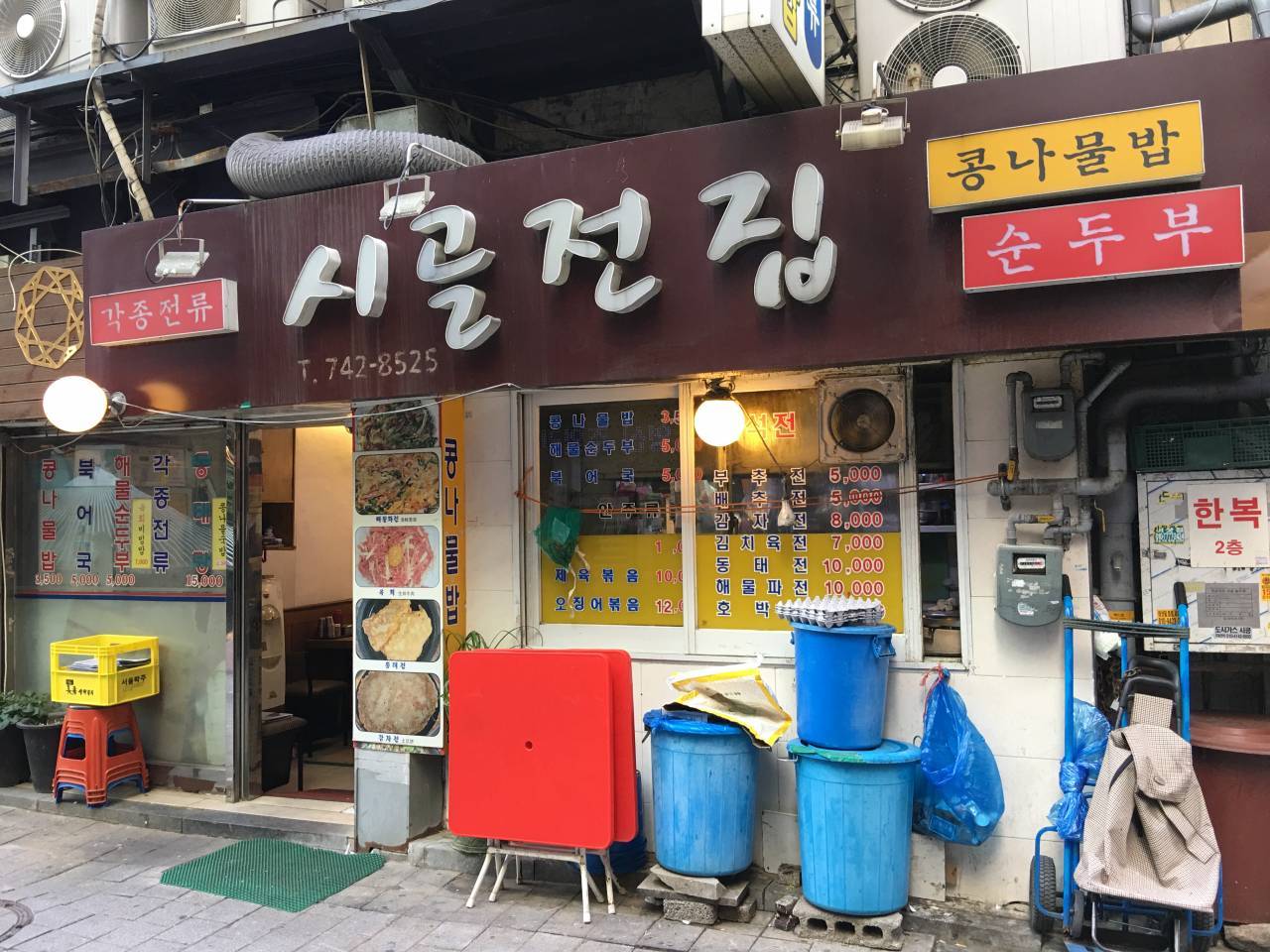
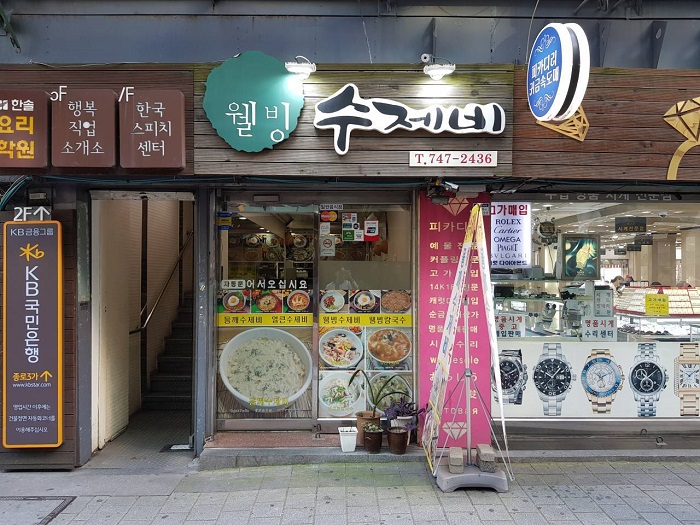

![Lemiel Plastic Surgery [Tax Refund Shop] (르미엘성형외과의원)](http://tong.visitkorea.or.kr/cms/resource/51/3313151_image2_1.jpg)
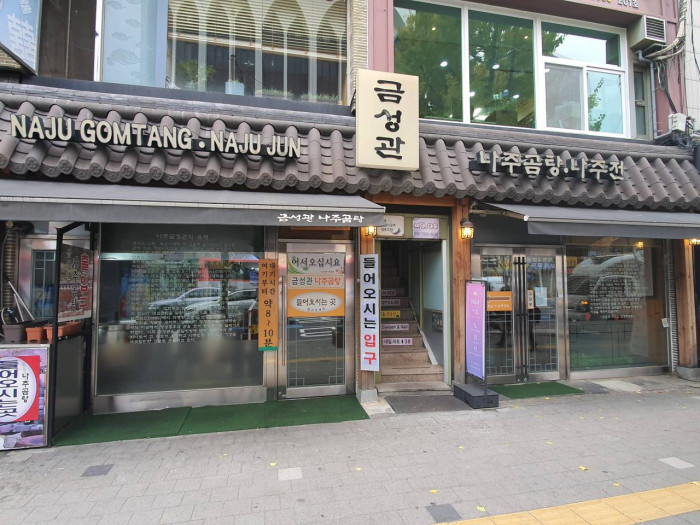
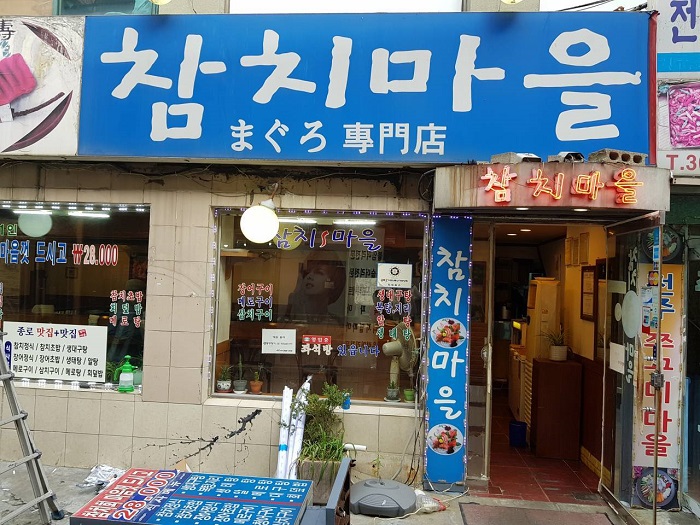
![Shoe Marker Plus - Myeongdong Branch [Tax Refund Shop] (슈마커플러스 명동점)](http://tong.visitkorea.or.kr/cms/resource/73/3314773_image2_1.jpg)
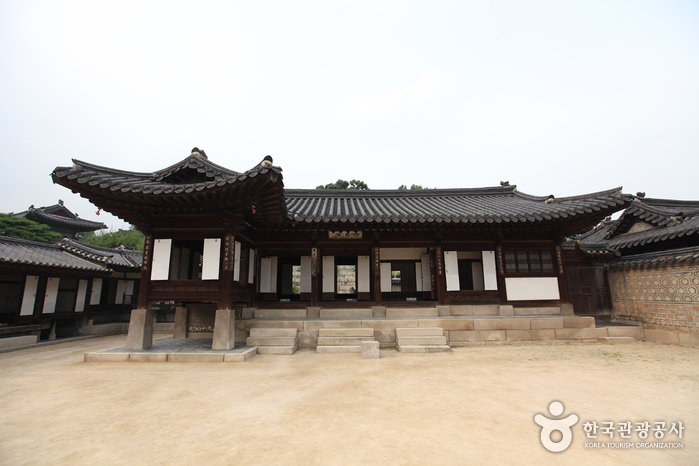
 English
English
 한국어
한국어 日本語
日本語 中文(简体)
中文(简体) Deutsch
Deutsch Français
Français Español
Español Русский
Русский